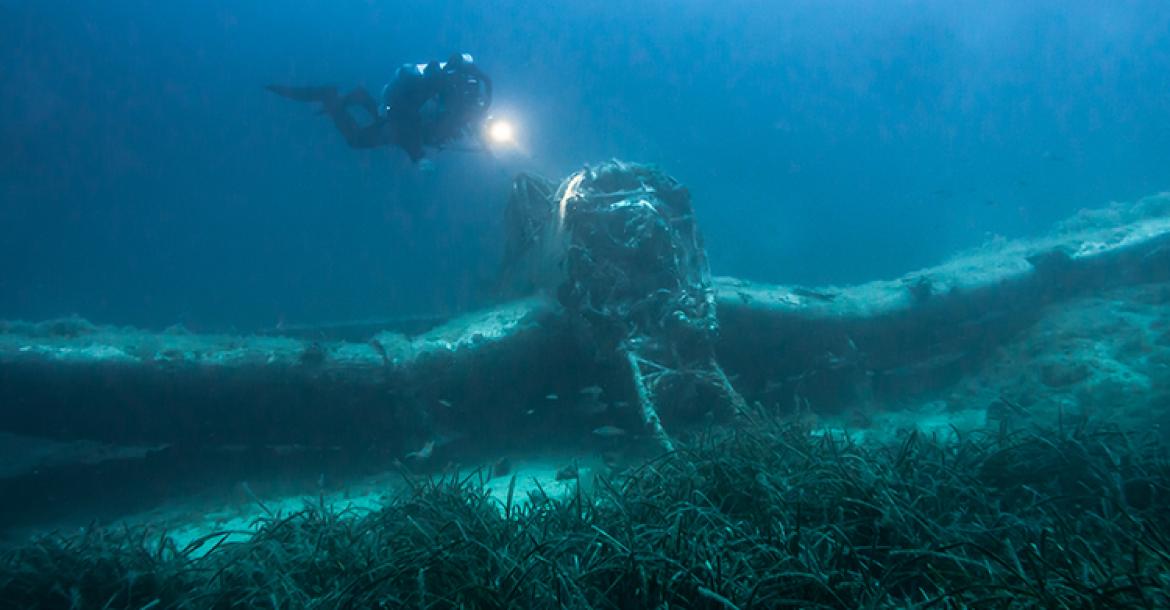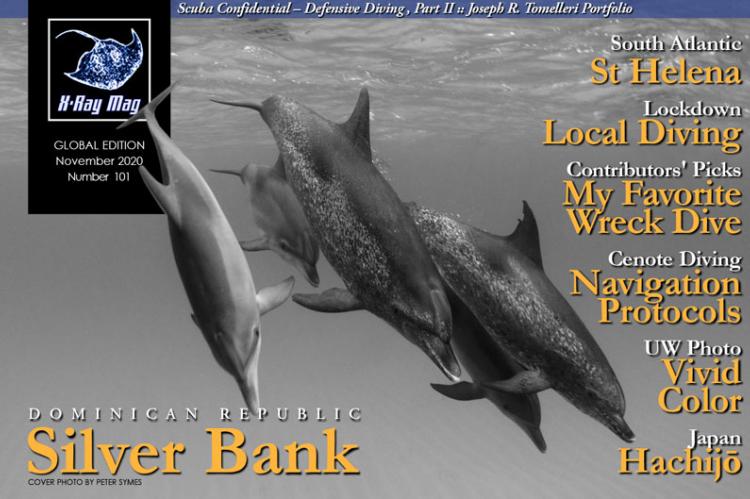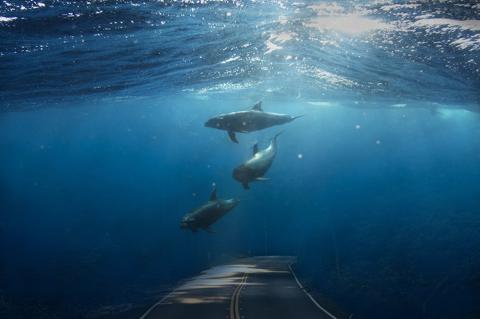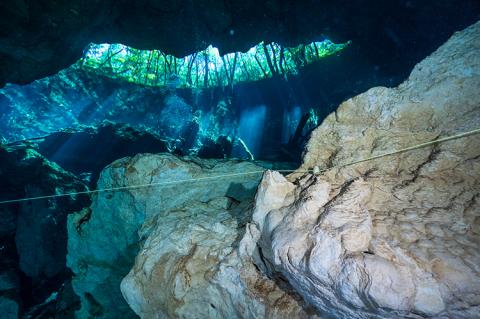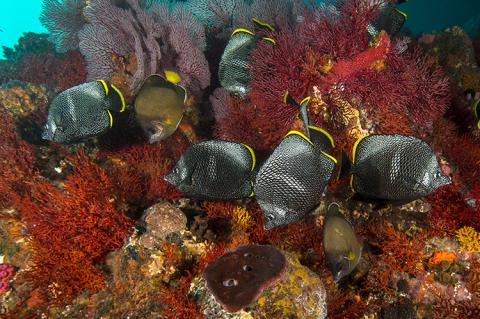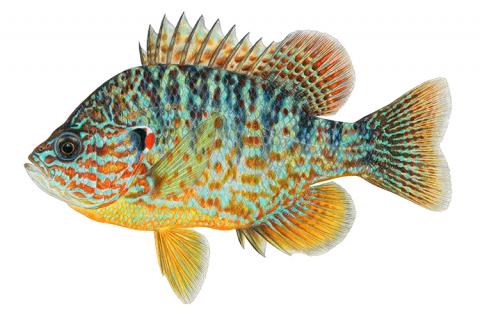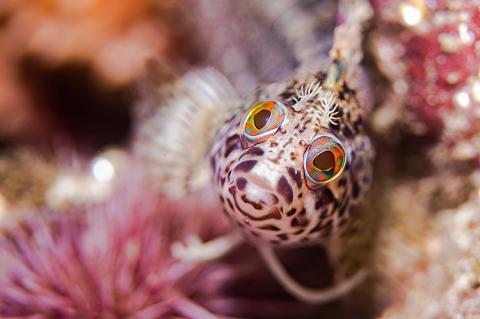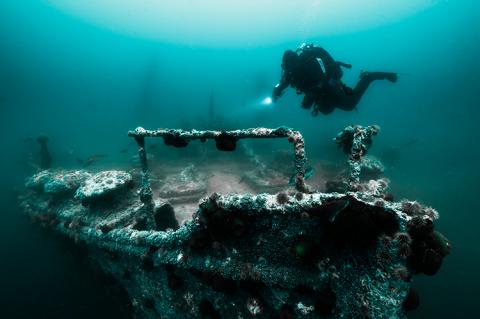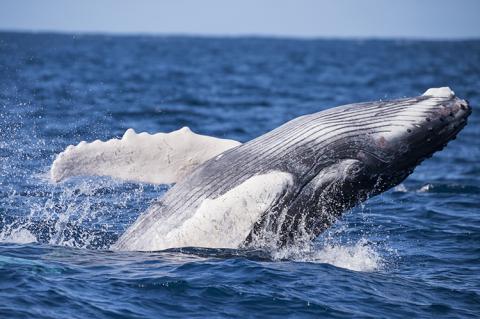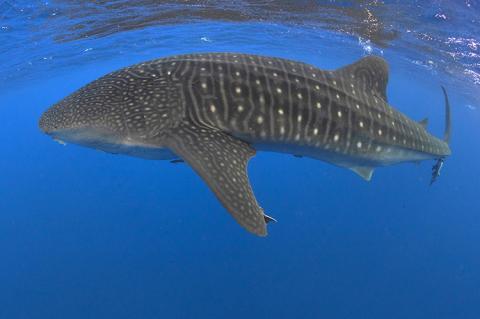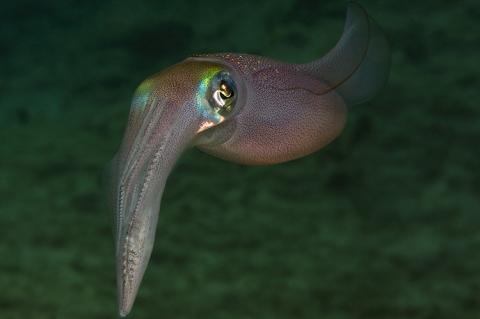X-Ray Mag #101
Main features in this issue include:
Defensive Diving, Part 2
In Part I of this two-part series (see issue 100), I made a correlation between scuba diving and driving a car, particularly in the context of learning how to anticipate and assess dangerous situations, make well-informed sensible decisions and stay safe—things that motorists tend to group together under the catch-all
I also outlined a defensive diving strategy involving how to use your dive computer.
Full Cave Navigation Protocols in Mexico
I started cave diving in Italy in 1990. At that time, the rules were very clear, codified and related to the kind of caves that were encountered in my region. Very often, they were resurgences with current (sometimes strong) or sumps inside caves, with water ranging from crystal clear to the color of coffee and variable visibility, depending on the rains.
Once I arrived in the Yucatán Peninsula—more precisely, in Quintana Roo—I started working as a guide and dive instructor (an occupation in which I had been practicing for over 20 years).
Japan's Hachijō-jima
Japan’s diving scene used to be a well-kept secret, but more and more people have realised that Japan has much more to offer than just sushi and karaoke. The country spans a vast latitudinal range, from the tropical south where coral reefs dominate around Okinawa and the other Ryukyu Islands, into the almost subarctic north. As a result, its biological diversity is great, with many different habitats accommodating a wide array of species.
Japan’s diving has not historically been particularly accessible for foreigners, but over the past few years it has become much easier, and my return visits have shown me that it is certainly worth the effort.
Joseph R. Tomelleri Portfolio
Rendered for scientific accuracy, the brilliantly detailed and colorful illustrations of fish by American artist Joseph R. Tomelleri have appeared in over a thousand publications. X-Ray Mag interviewed the artist, who is based in Leawood, Kansas, to learn more about his artwork and his perspectives.
"My favorite spot would be any number of Ozark streams and the myriad of species in those clear waters."
— Joseph R. Tomelleri
Lockdown Local Diving
As many divers face travel restrictions during the coronavirus pandemic, our contributors highlight the often overlooked or unsung yet intriguing diving that can be found in one's own backyard.
X-Ray Mag contributors share their favorite local haunts—from a spring-fed Texan lake to a quarry and a sinkhole in Russia to the temperate waters off New Zealand, Japan, South Africa, New Jersey and Northern California to the subtropical waters of Southern California and Sydney, Australia
My Favorite Wreck Dive: Contributors' Picks
We asked our contributors what their favorite wreck dive was and they answered with tales and images of remarkable wrecks of all sorts and the artifacts found on them, giving first-hand accounts of their experiences on these underwater time capsules as well as glimpses into the history of each wreck.
X-Ray Mag contributors reveal the eerie beauty and reverence of underwater wrecks and wreck sites—from the topical waters of Grenada, Chuuk Lagoon, Solomon Islands and Papua New Guinea, to the subtropical waters of the Florida Keys, Southern California, the Egyptian Red Sea and Queensland,
Silver Bank: Swimming with Humpback Whales in the Dominican Republic
Slipping softly into the water, I had a straight path to the mother and calf that were resting near the surface only a short distance away. We closed the gap as quietly as a group of excited first-time whale watchers could manage and were rewarded with an initial glimpse of humpback whales from under the water. The newborn stayed close to its mother and swam up and over her rostrum as we looked on.
We stayed that way, frozen in the gaze of one another, for what felt like several minutes before mom slowly turned and gently guided the calf away. Her giant pectoral fin passed in front of my lens, and soon after, a massive tail came into view before gradually fading off into the distance.
St Helena
Outside my window, the South Atlantic lay unbroken—an azure expanse of ocean below and sky above. Three hours after passing the Namibian coast, a lone patch of clouds appeared on the horizon. As we approached, I could just discern patches of green peering through. Atop a narrow ridge, a tiny strip of runway appeared, the sheer drops at each end plummeting to the sea.
Sitting in the South Atlantic 1,200 miles west of Southern Africa and 1,800 miles east of South America, St Helena is the dictionary definition of isolated. A mere speck 10 miles long and six miles wide, the island ascends 4,000m from the ocean floor to its highest point at 820m above sea level.
Vivid Color with Lab in Postproduction of Underwater Images
Adobe Photoshop is the number one tool for image editing and provides a large number of editing tools and options—far too many of them actually. But the good news here is that, for editing our underwater images, we only need a few.
Let’s get started. Here, I have a photograph of a squid (see Image 1), as taken in 2008 with a Canon 40D camera, a 60mm macro lens and one single strobe. As always, I did the white balance and a few slight corrections of the contrast and highlights in Adobe Camera Raw.

